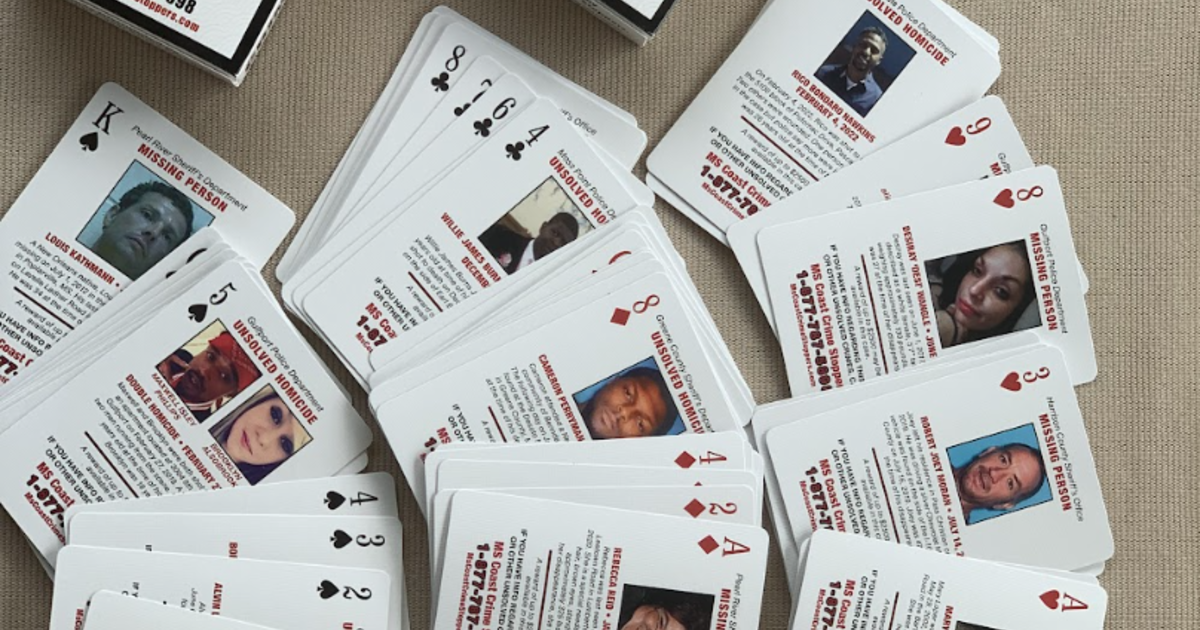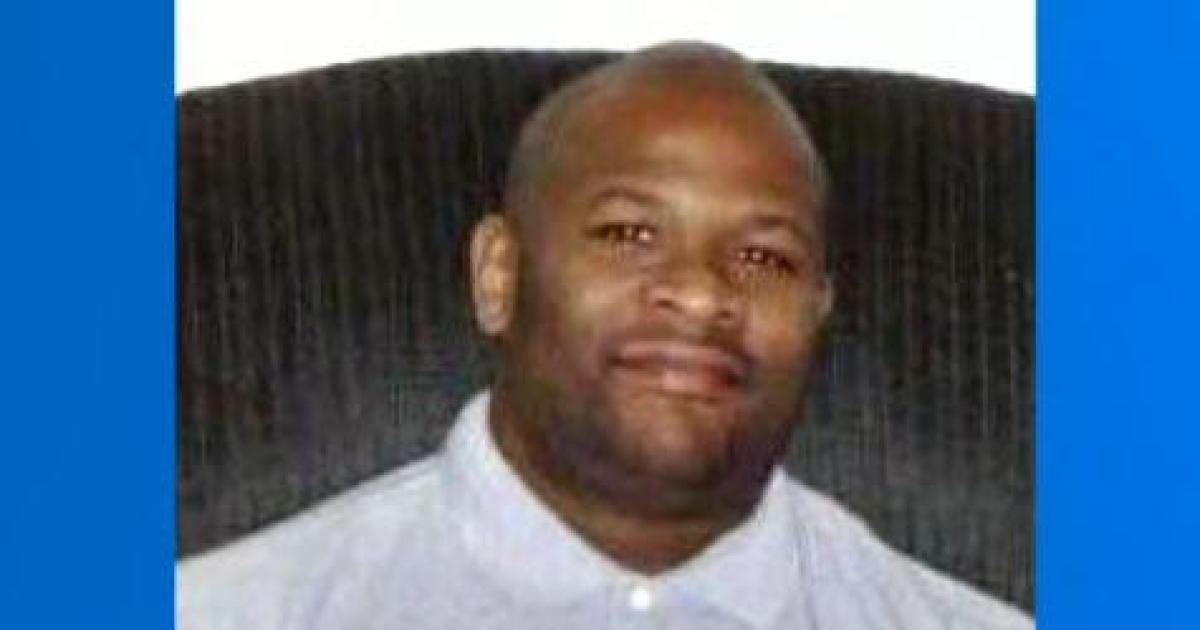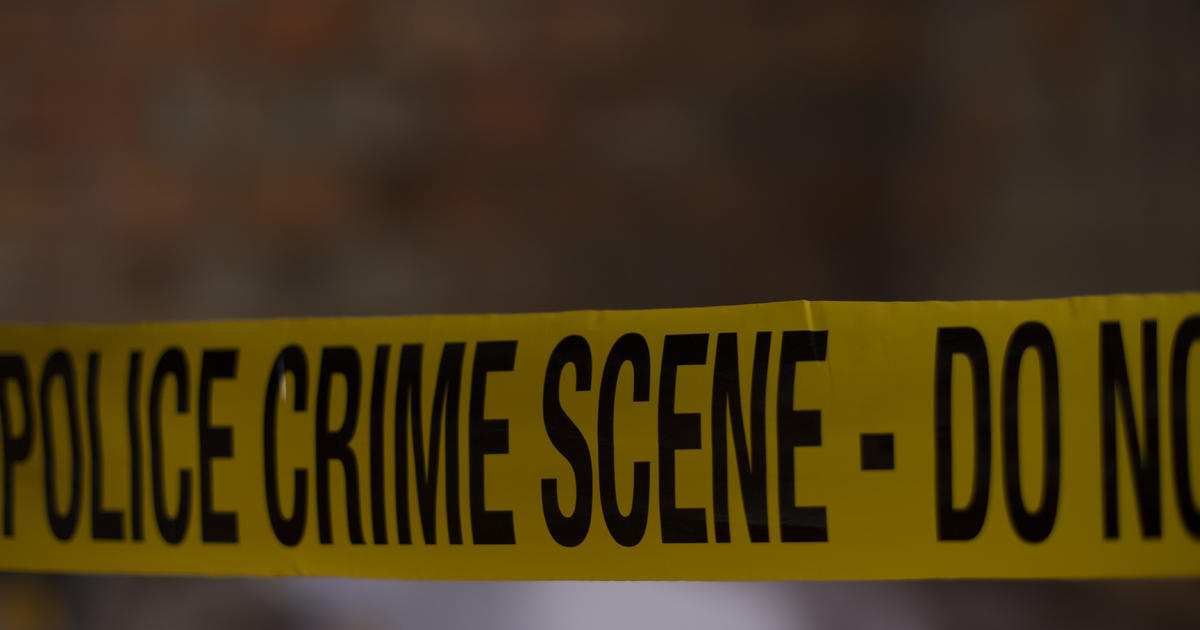George Washington slept here
A nationwide commemoration of the life and legacy of George Washington is underway to mark the 200th anniversary of his death. A special exhibit at Mount Vernon, where Washington lived for 45 years, offers new insight into the character and contributions of our first president. CBS News Sunday Morning Correspondent Rita Braver reports.
In the conservation lab at Mount Vernon, preservationists are restoring a priceless terra cotta bust of George Washington. They are trying to reveal the true essence of a man whose face is so familiar we've almost stopped seeing it.
James Rees, director of Mount Vernon, says, "I think you'd be amazed how over the last 20 to 30 years Washington has disappeared from out textbooks. He's disappeared from the classroom environment, I think, overall."
Too many Americans, Rees thinks, see George Washington as Gilbert Stuart did in his 1797 portrait, as an old man with a tight mouth hiding bad teeth.
Rees sees a different George Washington. "Of all the founding fathers, he's the exciting one who was the best horseback rider, who was in the middle of the battles," he says. "When he would come into a room, every head would turn, and I think that's not the image people have of him today."
This year marks the 200th anniversary of Washington's death, so the folks at Mount Vernon are trying to get Americans to take a new look at the old president.
Thanks to a new climate control system hidden in fireplaces, more than 100 fragile items have been returned to Mount Vernon for display as part of the celebrations. There is a room, for example, that you might describe as messy. "It is downright messy and we think that's because that was the way it was when George Washington was here," Rees says.
The idea is to show Washington as a real human being. His underwear sticks out of a chest of drawers. His wide-ranging interests in the world are on display - chains for surveying, guns for hunting, telescopes for star gazing, the coral he brought back as a souvenir of his one trip outside the country, to Barbados.
"That's right up on the desk...that George Washington brought back as a souvenir, like you or I would with a shell," says Rees.
Washington was a prolific writer, penning at least 40,000 letters in his lifetime, and keeping copies of many of them. The technology, explains Rees, was different then: "You'd just use this roller to apply a great deal of pressure and some of the ink of the letter would transfer to a clean sheet of paper."
George Washington's Xerox machine? "Exactly," Rees says, "and it would always be in reverse of course, so you'd either have to hold it up to a mirror to read it, or sometimes the paper was thick enough so you could put it against a window and read through the paper."
There's more: George Washington's sunglasses and his lottery tickets - like many Americans today the first president iked to gamble. He also was known to swear a blue streak. He never threw a coin across a river; he was too frugal for that. He stood 6-foot, 3-inches tall. And about those teeth: they were not wooden, they were made of ivory from hippopotamus tusks.
Mount Vernon was Washington's refuge and his pride. So, the fact that he was willing to spend some 16 years away from it, serving as the leader of the Revolutionary Army and two terms as president, is a testament to his willingness to sacrifice for his country.
Even outside Mount Vernon, there's a call to take a fresh look at our first president. Washington biographer Richard Norton Smith says, "This was a man who was willing to risk all. Including his peace of mind."
Smith now runs the Gerald Ford Museum in Grand Rapids, Michigan. In the museum's replica of the Oval Office, he told us presidents traditionally keep some Washington image close at hand, like a painting of Washington when he was young, "the strong silent type." Smith adds, "It was difficult for Washington himself to measure up."
But measure up he did. Thomas Jefferson said that Washington was the glue that kept the young United States together.
Smith says, "The United States existed on paper only. This wasn't a country. The Constitution was a mere scrap of paper. There was nothing to hold the north, the middle states, the south together except the revolutionary experience as personified in George Washington. Washington shows that character is inseparable from leadership. Washington shows that the love of country can in fact prevail over the love of ease or self gain."
The focus on Washington's character forces an inescapable comparison with the current occupant of the job of president of the United States:
At Mount Vernon, they handle that issue delicately. "There's a lot of negative feelings on Capitol Hill, and a lot of negative feelings about politics and politicians in this country," Rees says. "And the thing about George Washington is that he's 'feel good.' And he's the best example to point to and say to your children and your grandchildren, 'follow in this man's footsteps, you can't go wrong if you do.'"
Still, Washington was not perfect. There were slave quarters here. His will ordered his slaves freed only after death of his wife Martha.
His own death 200 years ago released a national grief that is being commemorated with special mourning tours at Mount Vernon.
For the first time, they have restored his bedroom to look as it might have when he died on Dec. 17, 1799. There are the rumpled bed clothes and chests of medicine, even bloodstained rags to show that his doctors bled him four times. It is a display designed to jolt visitors into thinking about Washington as a human being, not a historical relic.
This is how historian Richard Norton Smith describes Washington: "The living, breathing, imperfect, striving, cursing, scheming, and always growng Washington - he was the most alive of all the founders. And it's sadly ironic that today he is the least vital to us."
Those who revere Washington hope that the 200th anniversary of his death may help him to live again, to remind us why he was first in war, first in peace and first in the hearts of his countrymen.
For more information about George Washington:
There are two exhibits. One is at Mount Vernon, where a number of exhibits are being displayed there for the first time. The second is a traveling exhibit. Here is the schedule:
- Now until February 22 at the New York Historical Society in New York City.
- From February 22 until June 16 at the Huntington Library art collection in San Marino, California.
- From June 16 to September 19 at the Virginia Historical Society in Richmond.
- From September 19 through January 6, 2000, at the Atlanta History Center.
- From January 6 until April 23, 2000, at the Chicago Historical Society.
The Mount Vernon Web site is at www.mountvernon.org
©1999 CBS Worldwide Corp. All rights reserved. This material may not be published, broadcast, rewritten, or redistributed



